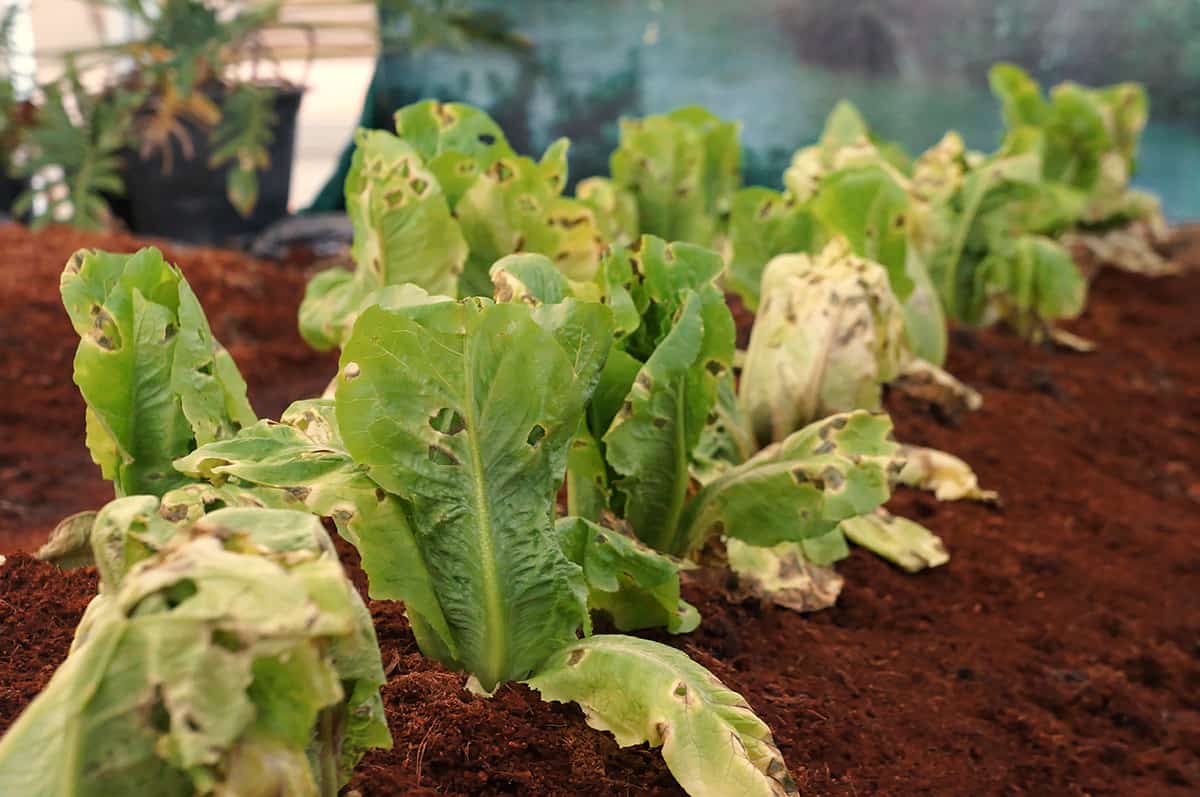Introduction
If you’ve noticed your garden lettuce looking limp and wilted, you’re not alone. Limp lettuce leaves are a common issue that can puzzle many gardeners. Understanding why lettuce becomes limp is crucial to maintaining a healthy, vibrant garden. This article explores the main causes of limp garden lettuce and offers expert-backed solutions to revive your plants. Whether you’re a novice or experienced gardener, you’ll learn how to identify problems early and apply effective remedies.
Common Causes of Limp Garden Lettuce
1. Water Stress: Overwatering and Underwatering
Water management is key for lettuce health. Both overwatering and underwatering can cause limp leaves:
- Underwatering leads to dehydration, causing leaves to droop and feel soft.
- Overwatering can suffocate roots, leading to poor oxygen availability and root rot, which also results in limp foliage.
Maintaining consistent soil moisture without waterlogging is critical. Experts recommend watering lettuce deeply but less frequently to encourage strong root systems.
2. Heat Stress and Temperature Fluctuations
Lettuce prefers cool weather and can easily wilt when exposed to high temperatures or sudden temperature changes:
- Temperatures above 75°F (24°C) can cause lettuce to bolt and leaves to become limp.
- Intense sun exposure increases transpiration, leading to water loss and drooping.
Providing shade during hot afternoons and planting lettuce in cooler seasons can mitigate heat stress.
3. Nutrient Deficiencies and Soil Problems
Poor soil nutrition affects lettuce vigor:
- Lack of essential nutrients like nitrogen causes weak, limp growth.
- Compacted or poorly drained soil restricts root development.
A soil test can identify nutrient gaps. Applying balanced fertilizers rich in nitrogen and improving soil structure with organic matter helps strengthen lettuce plants.
How to Diagnose Limp Lettuce in Your Garden
Visual Inspection
- Check soil moisture by feeling the soil 1–2 inches deep.
- Look for signs of root rot such as dark, mushy roots.
- Observe leaf color; yellowing may indicate nutrient issues.
Environmental Assessment
- Monitor recent weather patterns for heatwaves or drought.
- Evaluate watering frequency and method.
Pest and Disease Check
- Inspect leaves and stems for pests like aphids or slugs.
- Look for fungal infections that can cause wilting.
Effective Solutions to Revive Limp Lettuce
Adjust Watering Practices
- Water early in the morning to reduce evaporation.
- Ensure soil drains well to prevent waterlogging.
- Use drip irrigation or soaker hoses for consistent moisture.
Manage Temperature and Light
- Use shade cloths or plant lettuce near taller crops for afternoon shade.
- Time planting to avoid peak summer heat.
Enhance Soil and Fertilization
- Amend soil with compost to improve texture and nutrients.
- Apply a balanced, nitrogen-rich fertilizer every 3–4 weeks.
Pest and Disease Control
- Use organic pesticides or natural predators to control pests.
- Remove affected leaves promptly to prevent spread of diseases.
Preventive Tips for Healthy, Crisp Lettuce
- Choose heat-tolerant lettuce varieties if you live in warm climates.
- Practice crop rotation to reduce disease buildup.
- Mulch around plants to retain soil moisture and regulate temperature.
- Harvest lettuce promptly to avoid over-maturity and wilting.
Conclusion
Limp garden lettuce is often a symptom of underlying environmental or cultural issues such as improper watering, heat stress, or nutrient deficiencies. By carefully diagnosing the cause and applying targeted solutions, you can restore your lettuce to its crisp, fresh state. Regular monitoring and preventive care are essential for sustaining healthy lettuce plants. Start with balanced watering, soil improvement, and temperature management to enjoy vibrant, limp-free lettuce all season long. Remember, attentive garden care not only prevents limp leaves but also boosts your harvest’s flavor and quality.
